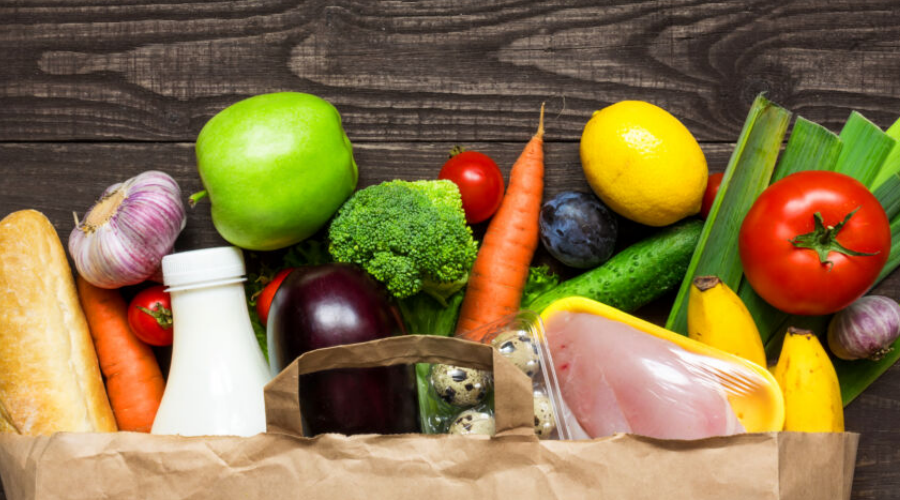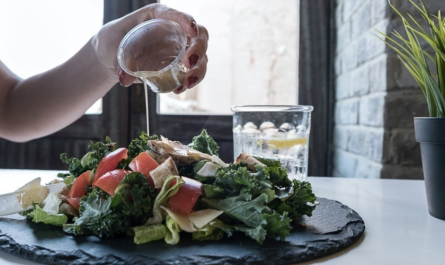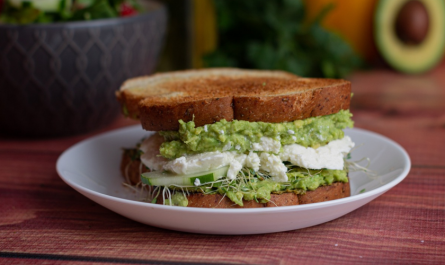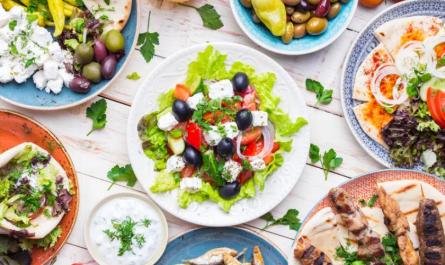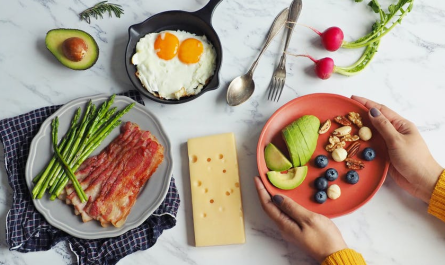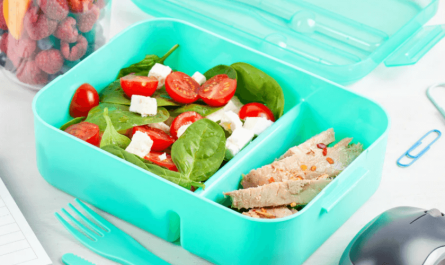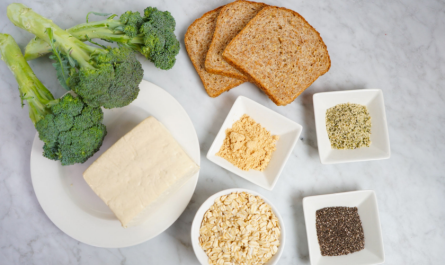Food waste is one of the largest contributors to environmental issues today, and yet millions of pounds of food are thrown away every year. The good news is, you can make a big difference with just a few mindful changes to your kitchen habits. Reducing food waste doesn’t require drastic efforts—sometimes it’s simply about getting creative with leftovers! Here’s your ultimate guide to reducing food waste with innovative, delicious ways to use up every last bite.
1. Transform Vegetable Scraps into Flavorful Broths
Instead of tossing vegetable peels, stems, or ends, save them for a homemade vegetable broth. All you need is a large pot, water, and a mix of your saved scraps, such as onion skins, carrot tops, and celery leaves. Let it simmer for a couple of hours, and you’ll have nutrient-packed broth to use in soups, stews, or risottos.
Why It Works:
- Zero Waste: Utilises parts of vegetables that would otherwise be discarded.
- Flavorful: Vegetable scraps often contain concentrated flavours that make a rich broth.
Pro Tip: Freeze your broth in ice cube trays to make portioned servings for future use!
2. Use Stale Bread for Croutons and Breadcrumbs
Don’t throw away that leftover loaf of bread that’s starting to go stale. Instead, turn it into croutons or breadcrumbs. For croutons, cube the bread, toss with olive oil, garlic, and herbs, then bake until crispy. For breadcrumbs, pulse the bread in a food processor and store for future use in breading or topping casseroles.
Why It Works:
- Repurposes Bread: No need to toss stale bread when it can be transformed into something delicious.
- Versatile: Croutons and breadcrumbs can be used in a variety of dishes, from soups to salads to baked goods.
3. Repurpose Overripe Fruit into Smoothies or Jam
Got overripe bananas, berries, or apples? They make the perfect base for smoothies, muffins, or even homemade jam. Simply freeze the fruit for smoothies or cook it down with sugar and lemon juice to create a simple jam that you can store for months.
Why It Works:
- Natural Sweetener: Overripe fruit is often sweeter, making it ideal for recipes that require a sugar boost.
- Healthy: Use these fruits in smoothies or baked goods for a nutritious start to the day.
Pro Tip: Freezing fruit with a touch of lemon juice prevents browning and extends its shelf life!
4. Turn Leftover Rice into Fried Rice or Rice Pudding
If you’ve cooked too much rice, don’t let it go to waste! Leftover rice can be transformed into a quick fried rice dish by sautéing it with vegetables, eggs, and your favourite sauces. Alternatively, make a comforting rice pudding by simmering it with milk, sugar, and cinnamon.
Why It Works:
- Quick & Easy: Fried rice is a fast meal that uses up whatever you have in the fridge.
- Versatile: You can add nearly anything to fried rice, from leftover meats to vegetables.
Pro Tip: Spread leftover rice on a baking sheet and freeze it in portions for easy access when you need a quick meal.
5. Repurpose Wilted Greens into Smoothies or Sauces
If your leafy greens are wilting, don’t discard them. Instead, blend them into a smoothie or cook them down into a savoury sauce or soup. Kale, spinach, and arugula are great options for blending into smoothies or adding to pasta sauces for extra nutrients.
Why It Works:
- Nutrient-Rich: Even wilted greens still have plenty of vitamins and minerals.
- Flexible: They blend seamlessly into smoothies or cooked dishes.
Pro Tip: Keep a bag in your freezer for all the wilting greens you don’t want to waste—they’ll be ready for your next soup or smoothie.
6. Transform Scraps into Veggie Chips
Instead of tossing potato or sweet potato peels, wash and bake them to make crispy vegetable chips. Just toss the scraps in olive oil, sprinkle with salt, and bake at a low temperature until crispy. You can also use zucchini or carrot peels for this purpose.
Why It Works:
- Crunchy Snack: Instead of wasting the peels, you get a tasty, healthy snack.
- Customisable: Use whatever veggie peels you have on hand and season to taste.
7. Freeze Leftover Coffee for Iced Coffee or Baking
If you’ve made too much coffee, don’t let it go to waste. Freeze the leftover coffee in ice cube trays and use the cubes to cool down your iced coffee without watering it down. Alternatively, use it in baked goods like cakes, brownies, or as a flavour booster for sauces.
Why It Works:
- No Waste: Freezing leftover coffee ensures it’s ready to be used later.
- Versatile: Coffee cubes or leftover coffee can enhance your cooking and baking.
8. Save cheeserinds for Flavorful Soups and Sauces
Cheese rinds from Parmesan, Gruyère, or Pecorino are often tossed out, but they can add a rich, umami flavour to soups, sauces, and even risottos. Simply drop the rinds into the pot while cooking and remove them before serving for a deliciously cheesy taste.
Why It Works:
- Flavour Boost: Cheese rinds are packed with flavour and can elevate broths and sauces.
- Resourceful: This is a perfect way to make use of every last bit of your cheese.
9. Create Veggie fries with Leftover Vegetables
Leftover vegetables can be turned into tasty fries by mixing them with eggs, flour, and seasonings. Whether you have leftover mashed potatoes, zucchini, or carrots, fritters are a quick and delicious way to turn them into a new meal.
Why It Works:
- Healthy & Delicious: Fritters make a great side dish or light meal.
- Customisation: Use whatever veggies you have on hand to create a versatile meal.
10. Use Leftover Pasta for Casseroles or Pasta Salad
Leftover pasta is a great base for many dishes. Turn it into a comforting casserole by adding cheese, vegetables, and sauce, or make a cold pasta salad with a tangy vinaigrette and fresh veggies.
Why It Works:
- Quick Meal: Leftover pasta makes for a fast and filling meal.
- Versatile: Add whatever ingredients you have to personalise your dish.
11. Make Smoothies with Leftover Yoghurt or Milk
Leftover yoghurt or milk can easily be incorporated into smoothies. Blend them with fruit, greens, or even some nut butter for a filling, nutrient-packed beverage.
Why It Works:
- Healthy Beverage: Both yoghurt and milk are great sources of protein, calcium, and probiotics.
- Tasty & Nutritious: Blend them with fruit for a satisfying smoothie.
Tips to Reduce Food Waste:
- Plan Meals Ahead: Avoid overbuying by planning meals based on what you already have at home.
- Use Leftovers Creatively: Incorporate leftovers into new meals to minimise waste and save money.
- Store food properly: Keep fruits, vegetables, and pantry items stored correctly to extend their shelf life.
By thinking outside the box and using your leftovers creatively, you can reduce food waste and make the most of what you already have in your kitchen. These small changes can help you save money, reduce your environmental footprint, and contribute to a more sustainable lifestyle. Let’s get creative and make the most of every meal!

